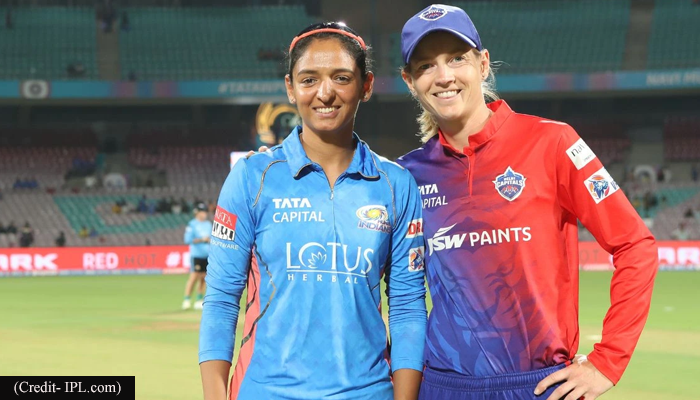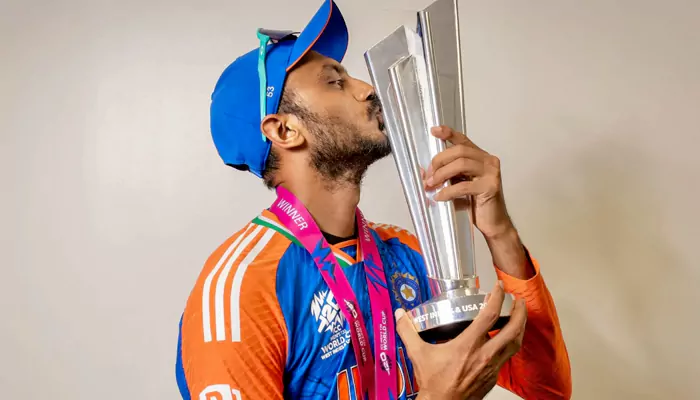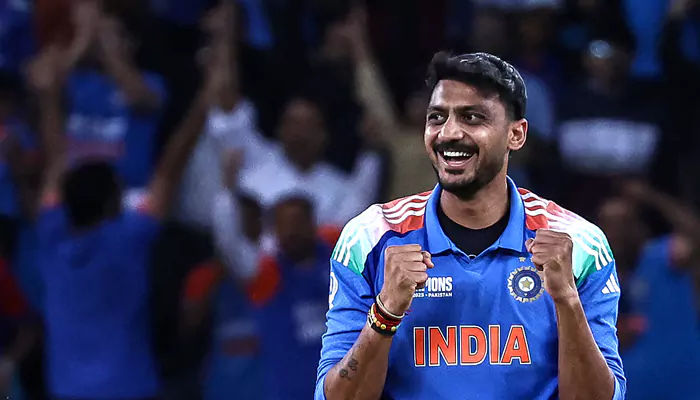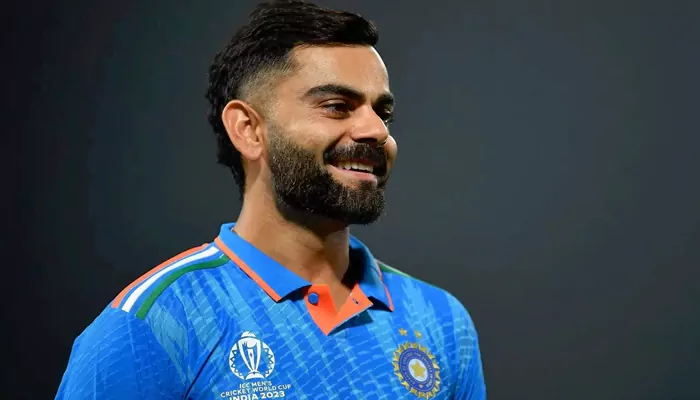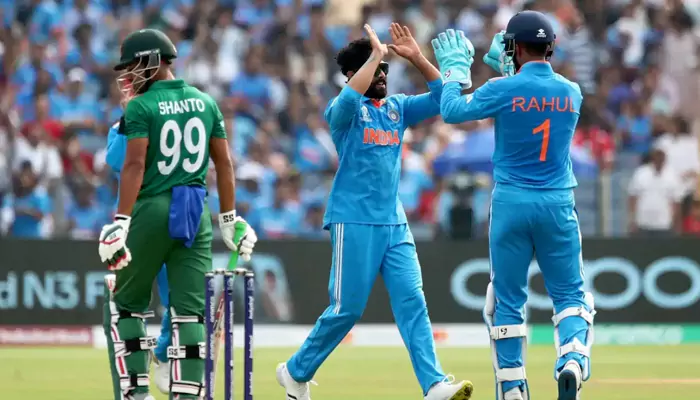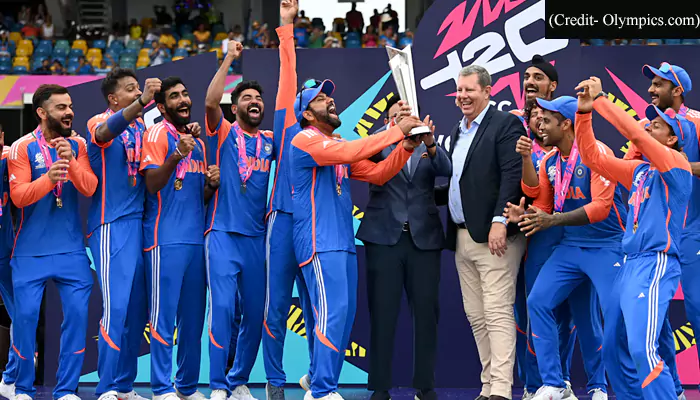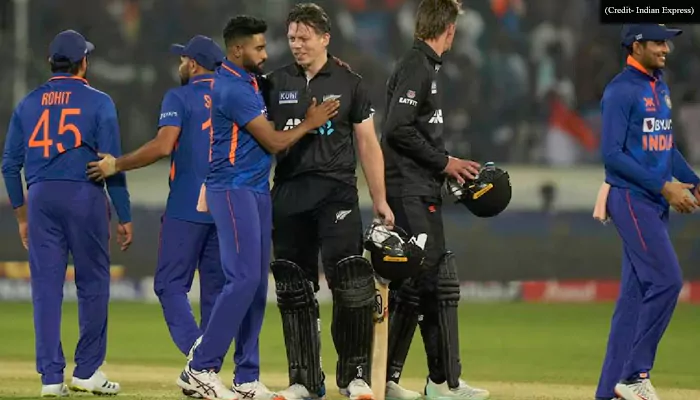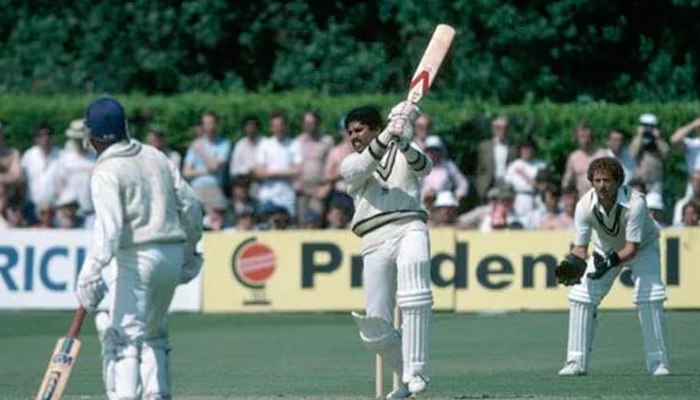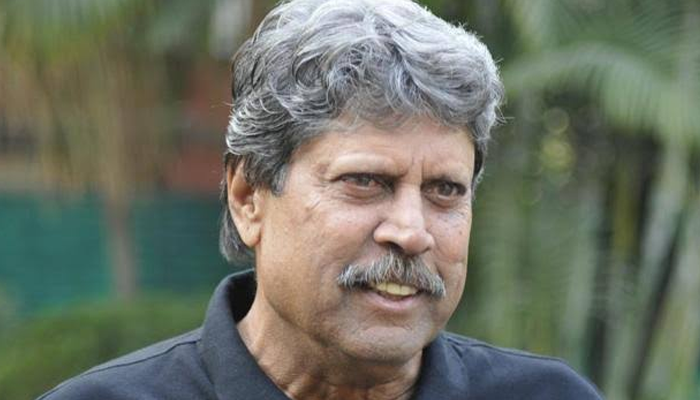Afro—Asia Cup: Why This Lesser-Heard Tournament Is Trending in India?
- Rohit Chatterjee
- 1 year ago
- 3 minutes read

On September 12, the new-gen cricket fans of India woke to find headlines reading "Afro-Asia Cup," a tournament the majority had never heard of before
Multiple media outlets are reporting that the International Cricket Council (ICC) is looking at rebooting the forgotten Afro-Asia Cup, an intercontinental cricket tournament that was played only twice in the 2000s. Under Jay Shah's new regime as the ICC's chief, the Afro-Asia Cup could become a regular thing, with foes from India and Pakistan teaming up to take on the best eleven of Africa.
We cannot determine whether the tournament will return, but let us review its history.
The beginning and objective
The first-ever tournament was played in 2005, when players from India, Pakistan, Bangladesh, and Sri Lanka took on a team of players from South Africa, Kenya, and Zimbabwe. The tournament featured three ODIs, and Africa XI won the tournament—probably the only trophy South Africa can boast of. The objective of the tournament was simple: to bridge the gap between nations and create harmony.
The revival of the Afro-Asia Cup (Africa XI vs Asia XI) is on the cards..!
— Ragav 𝕏 (@ragav_x) September 12, 2024
Lastly, this event was played in 2007, where players from IND, PAK, SL, etc. played for Asia, and players from SA, ZIM, KEN played for Africa.
Via - Forbes. pic.twitter.com/CkUQNcKPjx
The end
Within two years, the tournament ended in 2007, despite an expansion in format. In 2007, the tournament comprised three ODIs and three T20Is. Asia XI won all three ODIs played in India, whereas Africa XI made a comeback in T20Is, winning two games and abandoning the third one.
The fade away
Multiple reasons led to the tournament's decline. Indeed, in 2008, the Indian Premier League shifted cricket enthusiasts' minds towards a more diverse playing format. However, before the IPL, even though legendary players from different countries shared the dressing room, enthusiasts did not seem to bat an eye.
Political tensions between countries, especially India and Pakistan, coupled with logistics and security were also the reason for the tourney's demise. Not to forget, even finding sponsorships and securing broadcasting rights were major hindrances. Furthermore, the cricket calendar started getting more congested, leaving little room for such tournaments, which did not have much relevance back then.
Tribute to Mahendra Singh Dhoni
— Zohaib (Cricket King)🇵🇰🏏 (@Zohaib1981) August 16, 2020
One of Best Innings Played by him for Asia 11 vs Africa 11
3rd Match, Chennai Jun 10 2007, Afro-Asia Cup
Come into bat after Asia11 5 for 72 Score 139* (15 4s, 5 6s)
stand of 218 with @MahelaJay
Temp around 45d on that day@msdhoni@WisdenCricket pic.twitter.com/SfnZ7AGZyC
Stats of 2007
Revisiting the statistics of the 2007 edition, Shaun Pollock led the run tally with 223 runs, whereas Mahela Jayawardene was in the second spot with 217 runs. India's former World Cup-winning captain, M.S. Dhoni, who was merely at the beginning of his career, also showcased his batting prowess with 174. On the other hand, Sourav Ganguly, towards the end of his career, scored 120 runs.
MorneMorkel ended the tournament with the most number of wickets, scalping eight. Bangladesh's Mohammad Rafique and Zimbabwe's Elton Chigumbura picked up six wickets each.
If the Afro-Asia Cup returns, it will be interesting to see how India and Pakistan players gel. The two nations have not played a bilateral series since 2012-2013 and a Test since 2007. Pakistan players are also banned from playing in the Indian Premier League, so if the Afro-Asia Cup becomes reality, it could change the present dynamics of cricket, especially between India and Pakistan.


